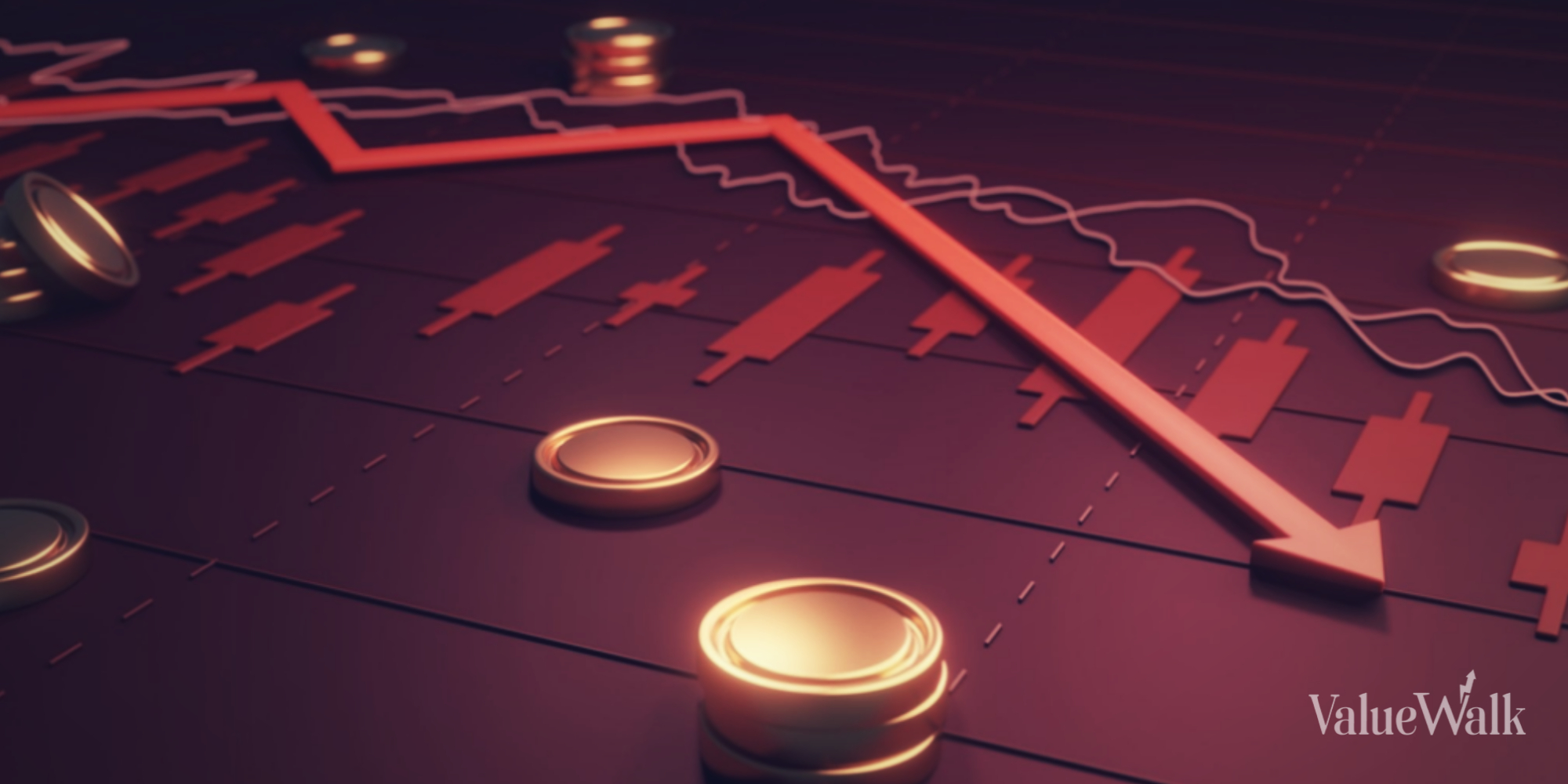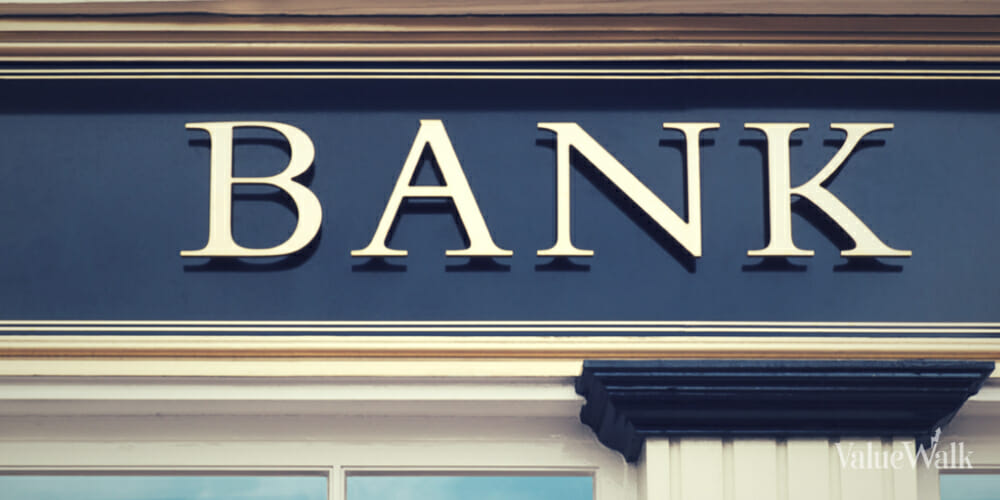Jeffrey Gundlach And Jim Ross’s comments from the State Street Global Advisors discussion on the investment implications of the Fed’s rate decision, “The Road Ahead, What’s Next For Fixed Income”?
Consuelo Mack: Hello and welcome to this State Street Global Advisors discussion on the investment implications of the Fed’s rate decision, “The Road Ahead, What’s Next For Fixed Income”? I’m Consuelo Mack, anchor and executive producer of Wealth Track on public television. And I’m going to be moderating this discussion. And we’ll try to include as many questions that are coming in from all of you in the audience as we can. And we’ve gotten quite a few in hand already. Jeffrey, I’m going to start with you. The Fed’s decision, it was not a surprise to you. As a matter of fact, you have been vociferously telling the Fed and the world that raising rates would be a mistake.
Jeffrey Gundlach: Well, basically there’s four major market-based variables that strongly suggest that conditions really aren’t there for a Fed rate hike. The first is commodity prices, which are at more than decade lows. It’s kind of remarkable that commodity prices are lower today than they were at the depth of the global recession in 2009.5 Another thing, and so clearly inflation is not really showing up in commodity prices.
And I’ll just add onto that, the PCE deflator, which is the inflation indicator that the Fed for years has highlighted as being one of their favorites to look at, is not only not rising. It’s in a persistent declining trend.6 And it’s not close to the 2% level that the Fed says that they’re kind of targeting for inflation.
So inflation doesn’t argue for raising rates, nor do financial conditions as best represented by junk bond prices. If you look at the ETF JNK, it is at a four-year low nearly.7 And that’s a pretty significant development because usually junk bond prices are leading indicators of trouble in the financial system, at least potentially are. Another thing that argues against raising rates is the performance of emerging market equities, which are at six-year lows, having broken down from a meaningful shelf of support.
And, of course, a lot of that has to do with China. And it’s interesting that the Fed in their communication in the press conference and in their statement on Thursday for the first time in recent memory talked about global markets and global conditions. And so probably the Fed is looking at that emerging market situation. And so you can look the EEM ETF, which is as I said at a six-year low.
And then finally, nominal GDP in the United States is at a level utterly inconsistent historically with raising interest rates.10 It’s at 3.7% nominal GDP year over year. And the Fed has raised rates 118 times since 1948. A hundred and twelve of those times nominal GDP was above 5.5% and only twice was it below 4.5%. And when they raised rates those times, the second time was 1982, they had to reverse course almost immediately.
So you don’t really have the conditions in place from global market conditions or inflation conditions to raise rates, so I think that’s why the Fed didn’t do it.
Consuelo Mack: So from the Fed’s most recent comments, you just cited the fact that they mentioned what was going on and events overseas. Are you seeing indications that Fed officials are coming around to your position do you think?
Jeffrey Gundlach: I think reluctantly. I think the Fed wants to raise interest rates. First of all, I think they’re curious as to what will happen. And also they just don’t want to be at zero should — when and if economic conditions deteriorate.
So the two takeaways that I thought were interesting from the Fed were the global conditions aspect, which I suppose if we started to see increases in junk bond prices or stabilization in China, then maybe that would be satisfied.
The other thing the Fed talked about was they need greater confidence in the inflation outlook, that their 2% target would be approaching in terms of reaching it with greater confidence. And that I think has got them in a little bit of a problem because inflation data other than commodity prices, the data series, the indexes of inflation, they only come out once a month.
So the Fed said in their press conference, I think what became problematic for the Fed, Janet Yellen said she expects inflation is going to fall further in the near term. And that means that there’s no chance that the confidence of inflation going back to 2% is likely to improve in the next few months. And for that reason, I think maybe reluctantly and inadvertently the Fed has kind of boxed themselves a little bit into a position with that statement about confidence on inflation that they’re going to be not raising rates at all this year.
I think the press conference was a little bit of a debacle last Thursday.
Consuelo Mack: How so?
Jeffrey Gundlach: It creates a lot of confusion. Well, people thought that the Fed had a framework for raising interest rates. They’ve been working hard to create a framework. And it was largely based around unemployment. And that’s been working the right way. The unemployment rate is down near 5%.12 And they had a framework on that.
And it seems like now that they’ve introduced this global conditions aspect and they’ve got themselves in a situation where it’s not really that possible to have a near-term reversal in your confidence on inflation, they kind of no longer have a framework. It’s sort of like people are wondering what really are the levers that are going to move the Fed whereas in the past they were a little bit clearer about what variables they were looking at. I think there’s a little bit of a vacuum right now and investors understanding what exactly are the parameters that the Fed is going to look at.
So I think that rates aren’t going to rise on the fed funds level this year. And they were talking about it today in I think a little bit of retroactive damage control based upon the uncertainties that came up in that press conference.
Consuelo Mack: And, Jeffrey, I’ve got one more question for you on this, on the Fed, before we bring Jim into this. And that is you just mentioned, I mean, there’s been a continuous stream of messaging from Fed officials that a rate hike was possible and it’s desirable this year.
So what is the harm of a 25-basis point rate hike? I mean, even an eighth of a point as your friend Larry Kudlow is suggesting kind of as a gesture that hey, things in the US are okay and we’re in a sustainable recovery. What would be wrong with just a small move?
Jeffrey Gundlach: Well, I think what stayed the Fed’s hand is the global conditions are not that good
So the deterioration in financial conditions, which you can see, there’s a Bloomberg financial conditions index, which is actually at zero and was even in negative territory at the lows of equities in August. And there’s a Goldman Sachs index where they measure it a little bit differently. And that one’s even weaker.14 So it’s the financial conditions I think have already tightened a little bit with equity prices falling.
And the other thing is I think it’s a big deal when the Fed starts raising rates. I know a lot of people think it’s no big deal and some people even say that if they raise rates 25 basis points and somehow make very dovish language going forward that it will create certainty in the minds of investors.
And I think that’s not right. I think that if the Fed were to have raised rates a quarter point last Thursday, I think by tomorrow or even today, we’d be talking about the next Fed rate hike. My experience is that invariably when the Fed moves rates once, the market starts to really look carefully at data. And if the data stayed strong, they might start pricing in yet another hike. And if the data got weak, they’d be talking about the Fed made a policy mistake.
So I just think that if the Fed raised rates, it really might be the exclamation point on what seems to be already a bottom on interest rates in the United States. The two-year treasury bottomed in 2011. The three, five, ten-year treasury rates bottomed in July of 2012. The long bond rates bottomed at the end of January of this year. Junk bond yields bottomed in June of 2014.15 And if you raise the fed funds rate, it’s kind of like gee, we really are in a rising rate environment with an exclamation point. And I think markets always get a little bit of indigestion when they realize that a rate cycle has turned.
So all of these reasons, I kind of argue it the other way. A lot of people say what’s a quarter point? I say well, if zero and 25 is the same thing, then just leave it at zero. Other people say the same thing, so put it to 25, but I think there is a psychological impact on the Fed moving rates and I’m glad they didn’t do it.
See full transcript below.
See full slides below.






